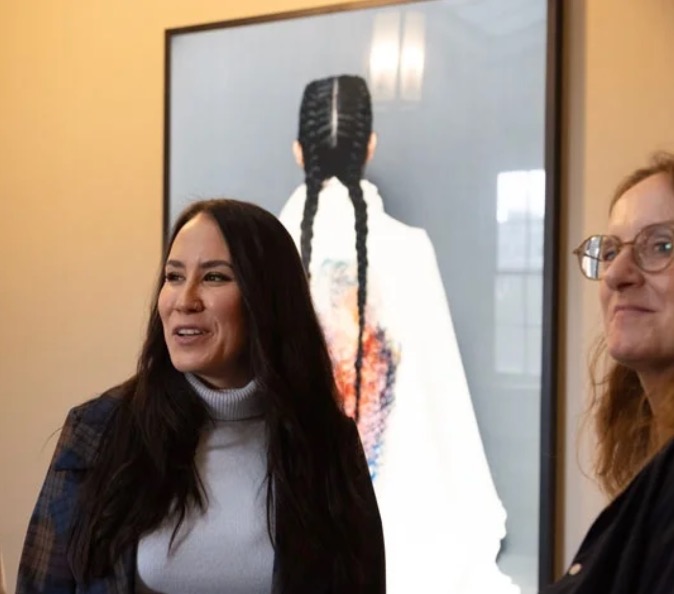Institutional land acknowledgments are a performative and symbolic tool, argues Hayden King: they serve as a backdoor out of tangible steps to address the colonial university
For the past 50-75 years, Indigenous scholars around the world have been building intellectual networks between communities and universities to re-articulate ideas, concepts, and visions of the future in contemporary and academic discourse. These networks resulted from global decolonisation and civil rights movements that forced the door to the ivory tower open and Indigenous scholars have so far kept it open (not to mention many others under the ethnic studies umbrella). Of course, it has been a struggle. Indigenous worldviews are generally marginalised, often seen as irrational and infantile, excused and/or fetishised as the mainstream orthodox disciplines carry on the very serious work of very serious scholarship. So it is bewilderment that now rises from the basements and closets of the carved-out spaces of university campuses as Indigenous faculty and students are confronted with the relatively recent recognition of our presence and ideas in new ways.
The decolonial turn
Over the past decade, decolonisation has gone mainstream. Scholars in the social sciences and arts are engaging with the proposition (or, reality) that Western knowledge systems and their stewards attack or erase the epistemic traditions of all others: racialised and Indigenous traditions in particular. In some cases, they are even imagining alternatives.
This decolonial turning has been received as a welcome development. Questions are being asked about how the university and the emanating scholarship generally has served as an alibi for colonialism and settler colonialism; how they have justified the violence that has structured our worlds. Answers to these questions are now making their way into classrooms, conferences, journal articles, and edited volumes. Indigenous scholars have used the opportunity to make a number of calls within the university for substantive curriculum changes that challenge these dynamics – Indigenous faculty hiring (not simply the token department hire), physical space beyond the basement, dedicated research funding, community-led research methods, community-grounded pedagogy, Indigenous student tuition waivers, and so on. Most of these calls are rooted in a restitution framework, which seems obvious given the impetus of the turning itself. And yet, while they can recognise the rationale, universities, their faculties and their attendant infrastructure have responded with modest gestures. Among them have been the parochial and ostentatious: email signatures and land acknowledgements.
 Screengrab of land acknowledgement from University of Kentucky, Martin-Gatton College of Agriculture, Food and Environment
Screengrab of land acknowledgement from University of Kentucky, Martin-Gatton College of Agriculture, Food and Environment
Faculty, staff, and students can and do certainly use email signatures and land acknowledgements to point to an institution’s failure to address issues of gender, race, settler colonialism, etc and offer readers in a discrete, privileged bubble of the academy a degree of provocation or solidarity in the absence of transformation. In some cases, they can agitate and provoke dialogue. In contrast, they can be supported and even mandated by the institution to champion a cause they have no real intention of addressing in a material way. This is especially true of land acknowledgements, which are practiced far more often in settler colonial contexts (North America, Australia, New Zealand, Scandinavia) and typically aim to acknowledge that Indigenous people and territories exist beneath, or sometimes alongside, a colonial institution. They represent a recognition of presence but contained by an entrenchment of absence. For the purposes of this argument – that institutional land acknowledgments, and to a lesser extent email signatures, are a performative and symbolic tool that serves as a backdoor out of tangible steps to address the colonial university – a brief genealogy of the practice among settler states is instructive.
Not so many years ago
The first recommendation for the institutional land acknowledgment was made in 2001 in the Australian Council for Reconciliation’s Reconciliation strategy. A few years after that recommendation was made, the Australian parliament began opening each session with an ‘Indigenous welcome’ and, a decade later, the practice had crossed the ocean. In 2013, coinciding with the Idle No More movement for Indigenous rights and the Truth and Reconciliation Commission’s work on the Canadian Indian residential school system, the province of Ontario recognised that the legislative building is on the traditional territory of the Mississauga Anishinaabe. Throughout 2014 the Canadian cities of Vancouver, Victoria, and Toronto all recognised they were built on the traditional territories of Musqueam, Lukwagan, and Mississaugas respectively. Another decade later, and now there are prisons and mining companies with land acknowledgements. And, of course, universities.
How common is it today, to recite a land acknowledgement and move on to the next item on the agenda, never to return to the inference of stolen land?
Yet in each case, there has been a simultaneous dispossession of Indigenous peoples from the land. Provincial and regional governments in Canada have not committed to land restitution or shared land jurisdiction. Beyond the active dispossession, there is a committed lack of support generally. When the Ontario government made its inaugural land acknowledgement, it served as a preface to a budget statement where commitments to every sector of society were announced, except Indigenous communities. How common is it today, to recite a land acknowledgement and move on to the next item on the agenda, never to return to the inference of stolen land?
The answer is very. And the impulse is captured in theorising on settler colonialism. Patrick Wolfe wrote in one of the first comprehensive conceptualisations of settler colonialism, that settler society aims to recuperate the indigeneity it attempted to extinguish “in order to express its difference – and, accordingly, its independence – from the mother country. Hence it is not surprising that a progressive…state government should wish to attach an Indigenous aura to public buildings, national airlines, film industry, sports teams and the like.” Independence from the “mother country” is an attempt to naturalise the settler colony. While Wolfe was writing before the popularisation of the land acknowledgement, the practice functions in the same way: the recognition of Indigenous presence motions towards reconciliation. Put another way, instead of independence from the mother country, this strategy aims to acknowledge and begin putting colonisation behind us; contrition becomes the new path to naturalisation. Of course, it applies beyond national or regional governments. It can, and is, applied by institutions like universities because they are guided by the same impulse to naturalise and reconcile faced with the discomfort of ongoing Indigenous presence and all that entails (operating on stolen land and erasing Indigenous bodies and knowledge systems).
An insurance policy
We can think of the land acknowledgement (or perhaps email signatures in some cases), as symbolic tricks in an agonistic feedback loop: Indigenous students, faculty, and community (among others) challenge the university (under the pretense of decolonisation), the university responds with modest gestures of recognition while working to capture that dissent in unthreatening processes and programmes. And the cycle repeats. This loop is captured to a great degree by the disability scholar and activist Evelyn Hu DuHart’s notion of fire insurance: the scraps of incremental change that save the university from burning down. Land acknowledgements, email signatures, public art on campus – in some cases even equity and diversity training or modest curriculum changes (even ethnic studies units) are examples of renewing the insurance policy; the terms of which are designed to subvert challenges to the academy while simultaneously entrenching status quo power relations and knowledge hierarchies.
 Screengrab showing the artist, Catherine Blackburn with her artwork which is featured in the acknowledging the land exhibition currently on at the University of Toronto (Original photo by Polina Teif)
Screengrab showing the artist, Catherine Blackburn with her artwork which is featured in the acknowledging the land exhibition currently on at the University of Toronto (Original photo by Polina Teif)
In many ways the university functions as a microcosm of settler colonialism generally and this explanation for presence/absence or recognition/incrementalism can be abstracted. But the decolonial turn is unfolding in the academy at the moment and the dynamics are most clearly seen here. There have been positive shifts during the turning to be sure. Faculty and student activism has opened up space in conference settings and curriculum discussions, modest hiring, and even public conversations, even if on the margins. But as it becomes embraced at an institutional level, it is channeled into the largely symbolic, with limited material change in the lives of Indigenous people within – and especially outside – the academy. In this sense, awareness and interrogation of the strategies deployed to co-opt and suppress calls for change that arise from the decolonial turning are urgently required; lest the academy succeeds in absorbing, containing and/or distilling yet another challenge to the dispossession and erasure that sustains epistemic violence and maintains settler colonialism.
Image credits and sources:
Main image: Esther 1721 on Pixabay
University of Kentucky screengrab: https://diversity.ca.uky.edu/about-us/land-acknowledgement
University of Toronto screengrab: https://www.utoronto.ca/news/acknowledging-land-showcasing-indigenous-artists-voices-and-experiences
_____________________________________________________________________________________________
This post is opinion-based and does not reflect the views of the London School of Economics and Political Science or any of its constituent departments and divisions.
_____________________________________________________________________________________________





